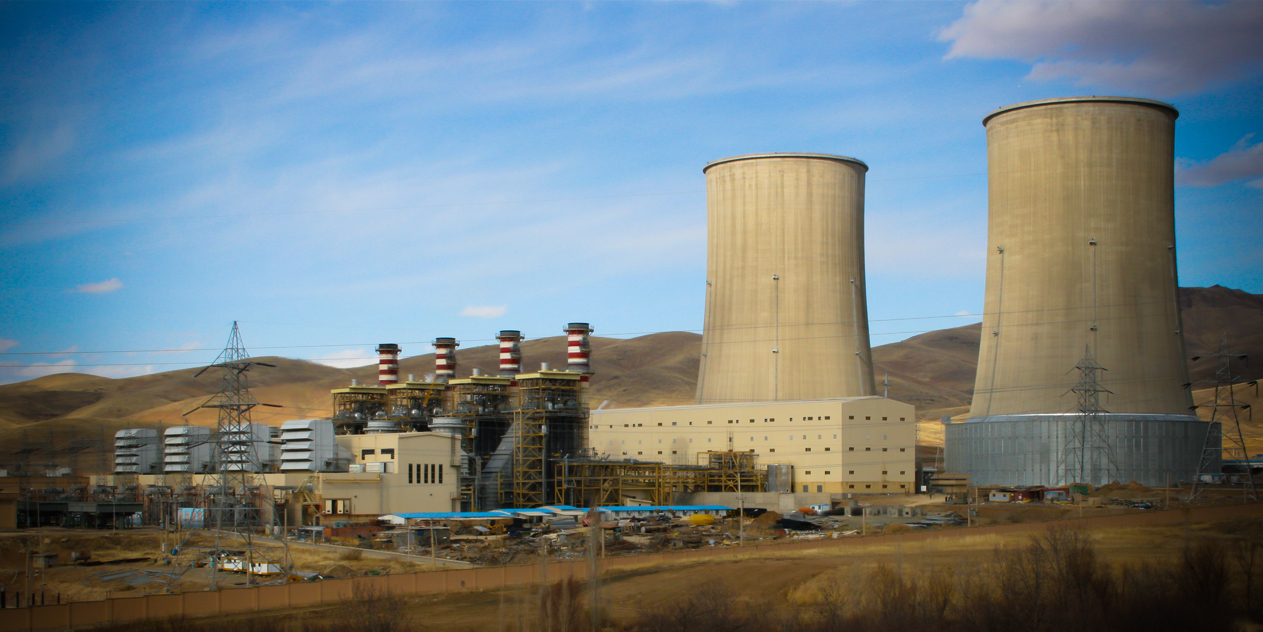The state-run Iran Power Generation, Distribution and Transmission Company (Tavanir) said on Thursday Iraq’s power import from Iran halted after a power transmission tower exploded in the Iraqi territory.
Mostafa Rajabi Mashhadi, a company spokesman, said power exports to Iraq through the line passing through the eastern Diyala Province have stopped after a terrorist attack, IRNA reported.
According to Iraqi security sources, the blast is believed to have been caused by the self-styled Islamic State terrorist group.
Rajabi said electricity exports to the Arab neighbor have declined to one-third (400 megawatts per day) after the explosion.
Iran's maximum electricity export to Iraq is 1,500 megawatts, subject to seasonal fluctuations.
“Repairs to the pylon are expected to be completed within three weeks by Iraqi experts,” he added.
The official also noted that the blast did not cause any harm to Iran’s power infrastructure and exports will resume as soon as the transmission line is fixed.
To cope with growing domestic demand, which has soared to record-high levels in recent days (60,000 MW), Tavanir has reduced power export from around 2,000 MW to 1,000 MW during peak hours (between 1 p.m. and 5 p.m).
"If necessary, we will totally halt exports in the scorching days of summer," he said, adding that meeting domestic requirements is a priority.
Iran's installed electricity capacity is currently around 80,000 MW.
Tavanir exports power to Pakistan, Turkey, Iraq and Afghanistan. Under the swap deals, Iran exports electricity to Armenia and Azerbaijan in winter and imports in summer when domestic demand soars.
According to the official, although the country's installed capacity has increased in proportion to the annual economic growth, it is still not sufficient to meet the heavy domestic demand.
Iran has exported close to 65 billion kilowatt hours of electricity to Iraq since 2004 worth $6.2 billion, of which $5.2 billion have been paid.
Biggest Importer
Iraq is the biggest importer of electricity from Iran. It needs more than 23,000 MW to meet growing domestic demand. Years of war, civil strife, terror attacks and the US invasion in 2003 almost destroyed its power infrastructure, creating a whopping 7,000 MW deficit.
Besides importing electricity from Iran, Iraqi power plants also depend on Iranian natural gas to generate power. A shortage last summer fueled unrest in some southern provinces.
Based on a deal signed by Iran's Energy Minister Reza Ardakanian and the Iraqi Minister of Electricity Luay al-Khatteeb in 2019, Iran agreed to boost cooperation in power production and export as well as sharing power industry know-how and technology.
According to the agreement, Tehran will help rebuild the war-stricken country's power infrastructure and human resources. Plans include the construction of a power plant, modernization of old plants and reduction of power grid losses in Iraq by Iran’s state and private companies.
Power loss in Iraq’s electricity network is 50% that will fall to 20% by 2020. Iraq will be able to meet domestic demand for power by 2021 with the help of Iranian firms.
According to Khatteeb, Iraq will remain dependent on Iran for power at least for the next two years.
“Close to 4 gigawatts (roughly one-third of Iraqi consumption) come directly/indirectly from Iran, either in the form of direct electricity export or through natural gas supplies that provide feedstock for Iraqi power stations,” he said.
"At present, this has no alternative in terms of price, volume and delivery.”
Khatteeb said his ministry has explored other options in neighboring countries.
"There is no better alternative that can compete in terms of volume, price and speed of delivery compared to what Iran offers."
International Markets
Iran’s power industry is present in 40 international markets as exporter of goods and services under engineering, procurement and construction contracts.
Iranian companies are active in Iraq and Syria as the two biggest markets. They have 58 projects in other countries, namely Turkmenistan, Afghanistan, Azerbaijan, Armenia, Pakistan, Tajikistan, Uzbekistan, Sri Lanka, Uganda, Nigeria, Ethiopia, Oman and India.
Trade Promotion Organization of Iran’s data show the government generated $4.1 billion from electricity exports between 2013 and 2018.
Iran exported over 42,926 million kilowatt-hours of electricity to neighbors during the period while domestic companies signed overseas water and power projects worth $5.1 billion.
The country's income from power export surged to a record $2.5 billion in the fiscal 2016-17, over 98% of which came from technical and engineering work overseas.


